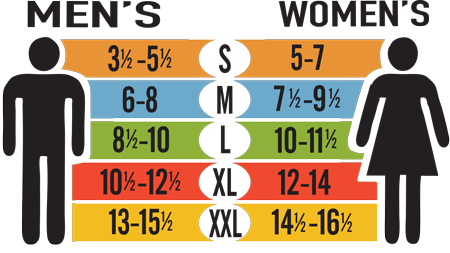Men
Women
Sale
Quiz
Bundles
About Us

Poor blood flow is not something to be taken lightly. Not only is it uncomfortable, but it can also cause serious health issues if not taken care of properly. Some of the most common symptoms of poor blood flow include swollen veins, feet, and legs, heaviness, numbness, and tingling, leg aches, and restless legs and feet. If you’re experiencing one, some, or all of these uncomfortable symptoms, you’re probably wondering how to improve poor blood flow to your legs. Fortunately, you can take steps to get your blood circulating properly again. Here’s how to improve poor blood flow to your legs by adjusting your lifestyle.
Poor blood flow to your legs can cause a number of problems, from fatigue and heaviness to more severe conditions like cramping, varicose veins, and ulcers. If you’re dealing with poor blood flow, there are many things you can do to improve the situation. First, consult with your doctor to ensure you get the proper care. Then, try these six lifestyle changes.
Movement is one of the best ways for how to improve poor blood flow to your legs. You don’t have to do hours of strenuous exercise; even low-impact activities like walking, yoga, and swimming can do wonders for your circulation. Exercise improves heart and circulatory health and supports a strong blood flow while alleviating some of the pain in your legs and feet.
Drinking plenty of water is essential for maintaining good blood circulation. When your body is adequately hydrated, your blood can transport oxygen and nutrients more efficiently. This can help improve energy levels and mental clarity, as well as reduce the discomforts of poor blood circulation.
Sitting for extended periods of time decreases blood circulation to your legs. Naturally, standing up is how to improve poor blood flow to your legs instantly. So whether you’re sitting at an office all day or relaxing at home, be sure to take standing breaks to get your blood circulating again. Bonus tip: Propping your legs on a pillow when sitting or laying down can help reduce the swelling in your legs and feet.
Maintaining a healthy weight can help improve blood flow, as well as prevent more serious conditions that affect circulation. Some of the best ways to drop excess weight are watching your diet, eliminating saturated fat and salt, and consuming foods high in antioxidants and fiber.
Smoking is terrible for your health overall, but it also negatively impacts your blood circulation. Breaking the habit can do wonders for improving blood flow to your legs. It will also decrease your chances of having cancer, a heart attack, and a stroke.
Compression socks are a particular type of sock that help to improve blood flow to your legs. Compression socks work by applying gentle pressure to the legs, which helps to encourage blood flow. People with circulation problems can benefit from wearing compression socks during the day to reduce swelling and discomfort and help prevent varicose veins from forming.

Your sock size shouldn’t be a guessing game. Our socks range from small to double XL, but the best way to know the perfect fit for you is to match your shoe size to the chart on the left. That way, you’ll know the size you select will give you the fit and feel you expect.
Between sizes? Go with your gut, but rest assured that your socks will still fit great. If you receive your order and find yourself wishing you’d gone up or down a size, just let us know. We’ll happily send you replacements for your preferred size.
Concerned about laundry mix-ups? All FITS® socks are coordinated by color and size, based on the colors you see on the size chart. So, you won’t have to worry about mixing up your sizes with the other FITS® wearers in your home. (But stray socks mysteriously going missing in the dryer? Unfortunately, we can’t help with that.)

Sock sizes are typically measured in inches, not by your shoe size. So, a sock size 6-8 will comfortably fit someone whose feet are between six and eight inches long. However, at FITS®, we make it easy for you to choose the ideal sock size without having to measure your foot. Simply use our sock size conversion chart based on your shoe size to select the right fit for you.
To measure your foot for socks, measure the length from the heel of your foot to the tip of your longest toe. The measurement in inches correlates to your sock size. For example, if your foot is 10 inches long, a sock size 9-11 should fit you comfortably. At FITS®, you can skip this step and find your sock size based on your shoe size using our conversion chart.
The sock size conversion refers to sock size compared to shoe size. While all companies may vary slightly on which size socks to purchase based on your shoe size, you can always measure your foot to find the right fit for you.
Because sock sizes are determined by the length of your foot in inches vs. your shoe size, shoe and sock sizes differ. The FITS® sock size to shoe size conversion is as follows:
Knowing this makes it easy to choose the ideal sock size based on your shoe size without measuring your foot.
Sock sizes typically don’t correlate with age. For kids, age can be a general indicator of what size sock they’ll need, but everyone is different. An adult sock size 9-12 fits anyone whose feet are approximately nine to twelve inches long. For kids’ sock sizing, check with the company to find exact details to ensure your little one gets the perfect fit.
Got more questions about finding the perfect sock size for you? Let’s talk.
